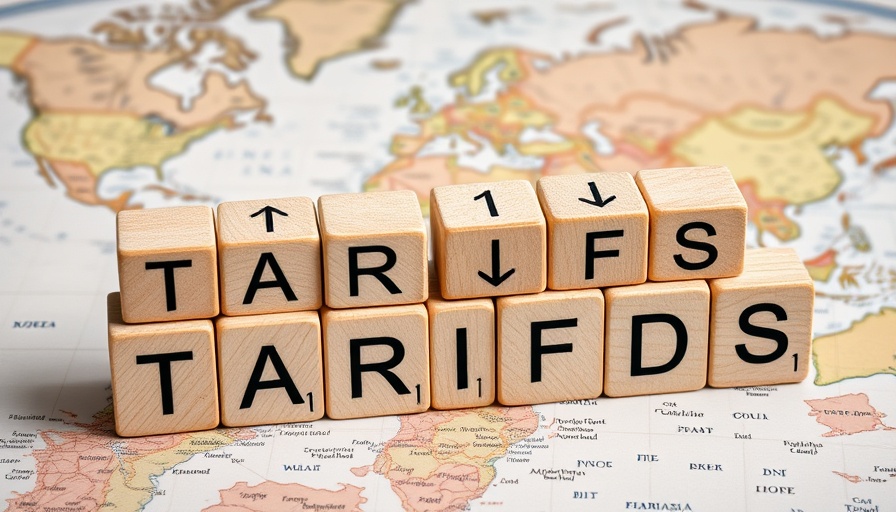
The Creator Economy: A Transformative Shift
Gone are the days when traditional networks and studios held the reins over what content reached audiences. With the emergence of the creator economy, individual creators have gained significant power to build, distribute, and monetize their content on their terms. This shift represents one of the most exciting and dynamic opportunities for brand marketers in today's landscape.
Understanding the New Landscape
Brandon Stewart, the seasoned CEO of Brandon Studios, emphasizes the importance of adaptability in this evolving economy. He points out that while the content produced by creators may not always rival polished Hollywood productions, the essence of authenticity drives their success. The critical question is no longer whether the content is flawless, but whether it resonates with audiences. As such, brands must reevaluate their partnerships with creators, moving beyond a transactional approach to one rooted in collaboration and co-creation.
Why Flexibility Is Key for Brands
To thrive in the creator economy, brands need to shift their mindset from viewing creators as just media placements to recognizing them as full-scale content enterprises. This requires embracing flexibility in approach, platform, and distribution strategy. According to Stewart, this means honoring the unique voice of creators and committing to nurturing open partnerships that can drive mutual growth.
The Value of Community Over Attention
In the creator economy, a loyal community supersedes mere audience numbers. Stewart argues that successfully navigating this new landscape involves cultivating ongoing relationships with audiences, transforming followers into a dedicated fanbase. The value here lies in creating a supportive community, which in turn fosters brand advocacy and customer loyalty.
Strategic Insights for Business Owners
For business leaders generating $2M-$10M+ in annual revenue who are keen to scale operations, understanding these fundamentals of the creator economy is crucial. Brand marketers must refine their customer acquisition strategies, invest in demand generation campaigns that align with creator content, and adopt a lead generation strategy that resonates with the values of engaged creators and their audiences.
As the landscape shifts, businesses that embrace these insights and actively collaborate with the creator economy will position themselves not only to capture attention but to foster authentic connections that drive brand loyalty.
Final Thoughts
The creator economy is no longer a concept of the future; it is a thriving reality today. By investing in meaningful partnerships and adapting to new branding strategies, businesses can leverage this movement to enhance their market presence and expand their customer base effectively. If you're ready to elevate your branding strategies and embrace this creator-centric model, consider how you can integrate the insights shared by leading experts like Stewart into your operations.
 Add Row
Add Row  Add
Add 



Write A Comment